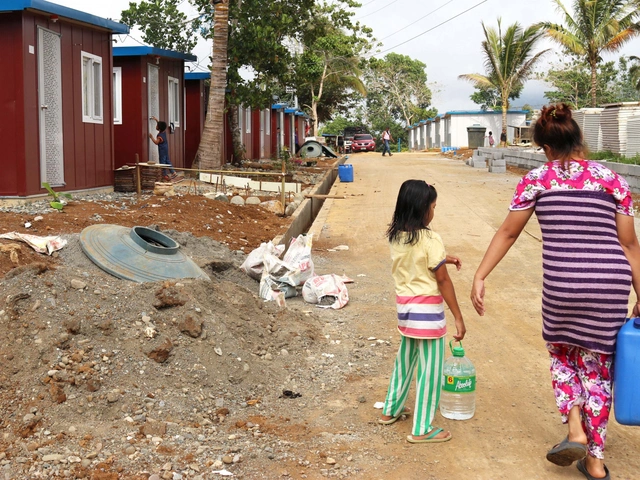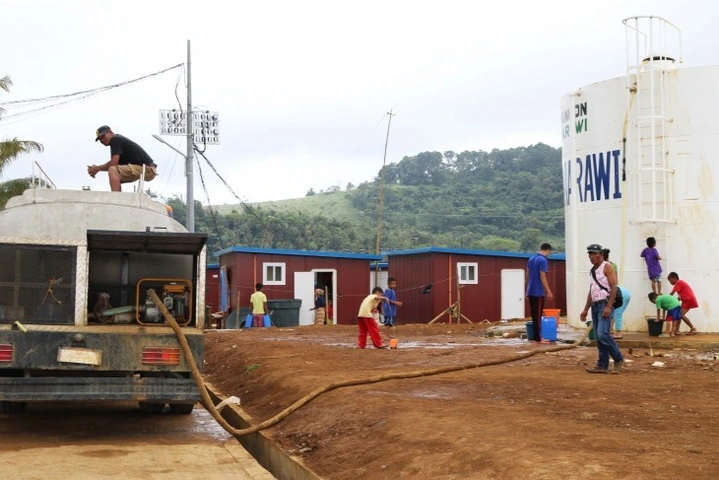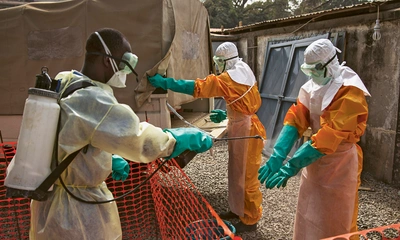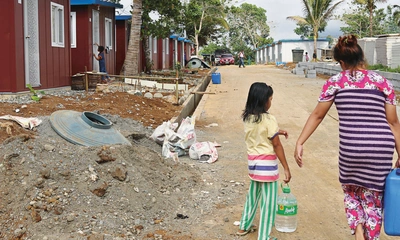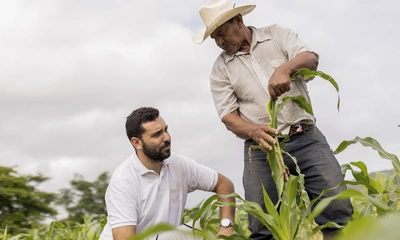Implementing the Triple Nexus Means Finding the Right Partnerships!
Whereas the humanitarian-development-peace nexus has been an issue of concern for the humanitarian and aid sector for a very long time, it has become even more important in recent years. For Filipa Schmitz Guinote, policy advisor at the International Committee of the Red Cross, this triple nexus means working with all the relevant actors to ensure that the intervention supports affected populations effectively and durably.
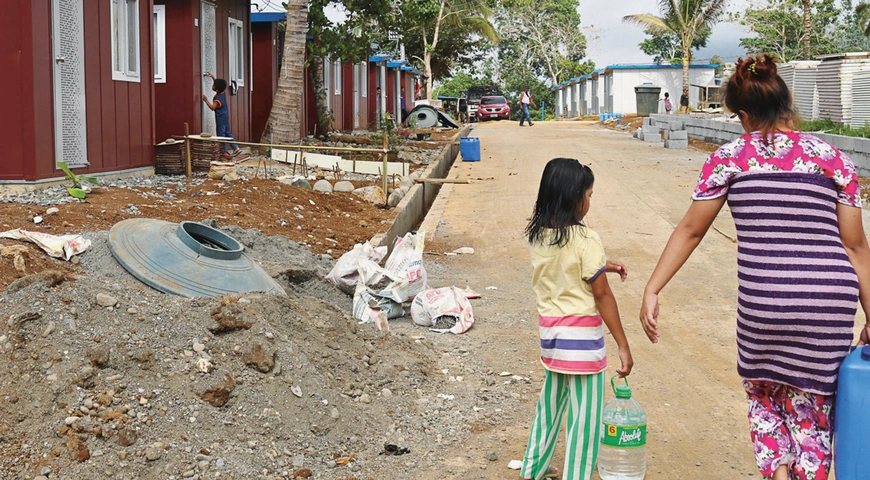

What is your definition of the humanitarian-development-peace nexus?
Filipa Schmitz Guinote: The triple nexus is a problem-solving approach, used to address the needs of individuals that are affected by protracted conflicts. Due to the particular characteristics of protracted conflicts, neither a purely humanitarian response, nor a purely development response can effectively address the needs of affected populations. Therefore, the International Committee of the Red Cross (ICRC) understands the humanitarian-development-peace-nexus as a pool of interlocutors, sources of expertise, potential partners, which are outside of the traditional humanitarian sphere and with whom we can engage in different ways to improve the relevance and impact of our support – individually and collectively - to populations affected by protracted conflict and violence.
Why has the triple nexus become of importance in recent years?
The current renewed interest in the triple nexus is due to an «alignment of stars» around a few key events and institutional agendas, starting in 2015: the adoption of the Agenda 2030, the World Humanitarian Summit as well as António Guterres, with his signature agenda around prevention and the prevention of conflicts, becoming the new UN Secretary General. This created an international environment where donors and agencies felt compelled to re-assess their approaches and adopt a more holistic and integrated way to their aid work, especially when dealing with protracted conflicts.
Can you share an example of how this new paradigm has changed the way the ICRC operates?
One example, which is very much linked to the triple nexus, is our support in the sector of water and sanitation. Because more and more conflicts are taking place in densely populated urban areas, where people rely on a functioning water system, the main focus has become to protect those already existing systems – as opposed to only providing water which is the measure typically associated with emergency humanitarian interventions. Especially in protracted conflicts, you need to find a way to protect the water infrastructure from getting damaged repeatedly. Because if the system gets damaged beyond repair, if skills and technical knowledge disappear, it affects the population and essential services of a whole urban area in the short term and in the event of a future crisis, and it also creates a development reversal which will be costly to recover from. Therefore, you need to assess what exactly needs to be done to protect the water infrastructure and to ensure that the service can stay afloat, recover and become resilient to future shocks. This involves building partnerships with all the relevant actors, including local utilities and municipalities and actors who can fund interventions at a larger scale. You do not need to do all the work yourself, but you need to know who to bring on board that has the necessary expertise to complement your own efforts. Oftentimes, we find a good combination and complementarity by partnering with development actors. It really is all about finding the right partnerships!
Which characteristics make an intervention a triple-nexus intervention instead of a single-issue intervention?
There are four factors that contribute to a triple-nexus response. Firstly, you have to analyse the needs of an individual in a holistic manner, considering the many ways this person is affected by the situation. Secondly, you find the best way to support those needs, while focusing on strengthening the coping strategies of the individual. Because you probably cannot address all the needs yourself, the third characteristic of a nexus-approach is that it involves partnerships. Lastly, you need to make sure that your impact is as sustainable and durable as possible, on all three dimensions of the nexus: humanitarian, development, and peace.
What do you see as the biggest challenges to the triple-nexus way of working?
Of course, it can be challenging to work with different partners, especially if they do not share your own working principles and mindset. Every organisation works in a certain way for a reason. From a development perspective, it makes a lot of sense to have a state-centred operating model. However, for a humanitarian actor, like the ICRC, who needs to be able to operate impartially everywhere in a conflict, the operating model is rather based on principles of neutrality and independence and so our engagement with the state is a bit different than that of a development actor. Building compatibility around those fundamentally different approaches is not always easy, but it is possible.
What tips would you give to small NGOs, which do not have enough resources to fully take into consideration all dimensions of the triple nexus?
Small NGOs have a huge comparative advantage because they are very close to affected communities and thus in a position to truly understand their situation as it evolves in the short, medium and long term. It is important that small NGOs value and continuously nurture their local knowledge with an open and broad lens, beyond the sole scope of their specific projects or response capacity. This knowledge can serve to advise and inform other organizations, whether local or international, and regardless of their mandate. The second important aspect is to build a solid network, which allows you to become a referral point within the broader landscape of humanitarian, development and peace efforts.
